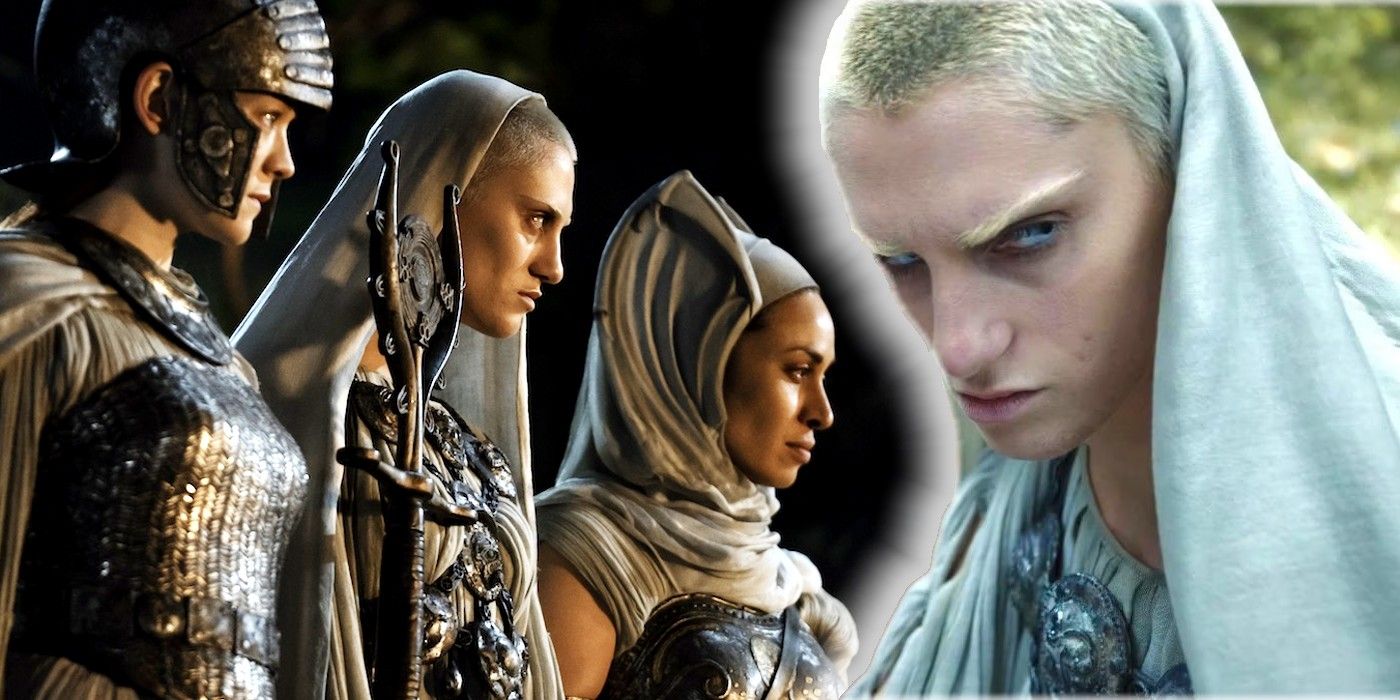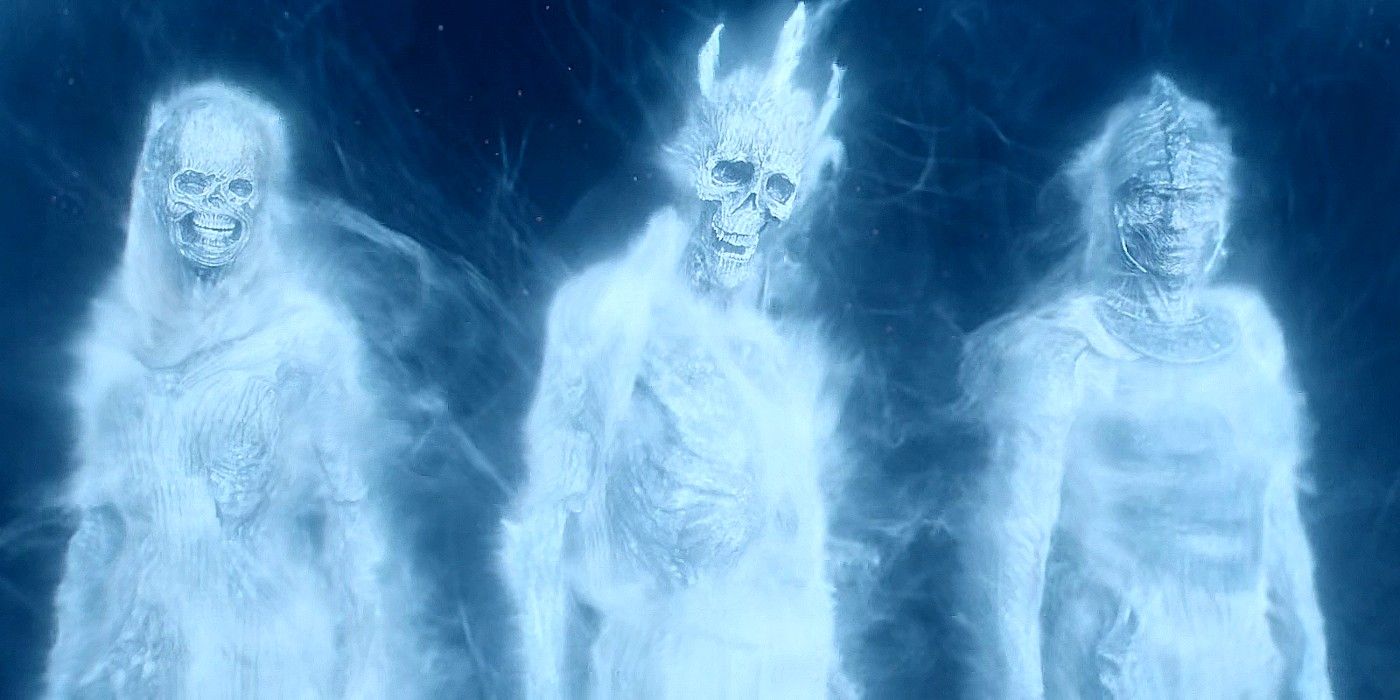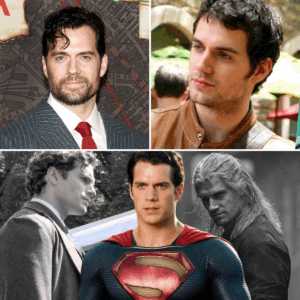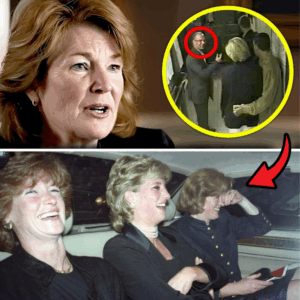
Going into The Rings of Power, there were a lot of unknows. For instance, the series’ timeline was a matter of question, and everyone wanted to know why Galadriel was wearing armor with Fëanor’s crest on it. Both of those things were important, and what happens to Adar in Season 2 will also be important. Yet there’s no doubt that the biggest mystery in Season 1 was the identity of The Stranger. For the longest time, viewers simply assumed he was the Dark Lord Sauron, but they were totally wrong.
Episode 8, “Alloyed,” showed that Halbrand was Sauron (with Galadriel lying about his identity) and The Stranger was actually one of the Istari. The thing is, it wasn’t just viewers who thought that The Stranger was Sauron. The White-cloaked witches also assumed that he was the Dark Lord. They approached him in the season finale and tried to convince him that he was Sauron, but The Stranger humiliated them. Using his natural power, he seemingly destroyed the witches — but that might not be the case after all.
The White-Cloaked Mystics Were Priestesses of Melkor

When the witches appeared in The Rings of Power’s trailer, some fans thought one of them could be Sauron in disguise. However, Amazon quickly clarified their identities: the three witches became known as Mystics. Their names were The Ascetic, The Nomad and The Dweller. However, there still wasn’t a lot of information about them. They hailed from the Eastern land of Rhûn and had a staff that looked mysteriously like the Eye of Sauron. They were also clearly skilled in some kind of evil magic.
Given their power and their religious-looking attire, it’s probable that the mystics were part of the Cult of Melkor. That’s a blanket term for multiple religious cults that worshiped the original Dark Lord of Middle-earth. If the Mystics were part of the Cult of Melkor, it would explain their magic skills and affiliation with fire. It would also explain why they were looking for Sauron: he was Morgoth’s top servant. Thus, his return would have been hailed as a new beginning and the reemergence of darkness in Middle-earth.
Why The Mystics Are Still a Major Threat
In the Season 1 finale, The Stanger easily defeated the mystics, and by all appearances, they were vanquished. However, showrunner Patrick McKay told Vanity Fair that the Mystics “escape[d] in another form.” He went on to say, “Their true appearance in the world of the unseen is hideous and horrible and some kind of magic is making them beautiful… Maybe there’s a slightly different kind of magic and we can peel back the layers in future seasons.”
McKay’s comments are foreboding, but they’re not unexpected. Nori and the Stranger are traveling to the far East of Middle-earth to find his purpose. As such, there has to be something ominous there. Obviously, the Easterlings will end up being loyal to Sauron, but if they were part of the magical Cult of Melkor, they would be even more threatening. Not to mention, Sauron is supposed to overthrow Númenor by introducing the Cult of Melkor to the island kingdom. Thus, seeing its evil effects on Rhûn would be excellent foreshadowing for viewers — especially if a future Nazgûl is involved.
There’s one final thing worth mentioning: there was a scene in Episode 5, “Partings,” where The Stranger saved Nori from wolf-like creatures. Some viewers believe that those wolves were the Mystics. That would make them skin-changers, which would make them considerably more frightening. While that might seem like a stretch, it might not be. Beorn from The Hobbit was a skin-changer, and Sauron was a shape-shifter in the First Age. It’s therefore clear that changing forms is well within the boundaries of LOTR’s magic. Viewers will have to wait and see if the Mystics can turn into wolves, but even if they can’t change forms, they’ll still be a threat in Season 2.
The Rings of Power Season 2 does not have a release date. Season 1 is streaming now on Prime Video.





